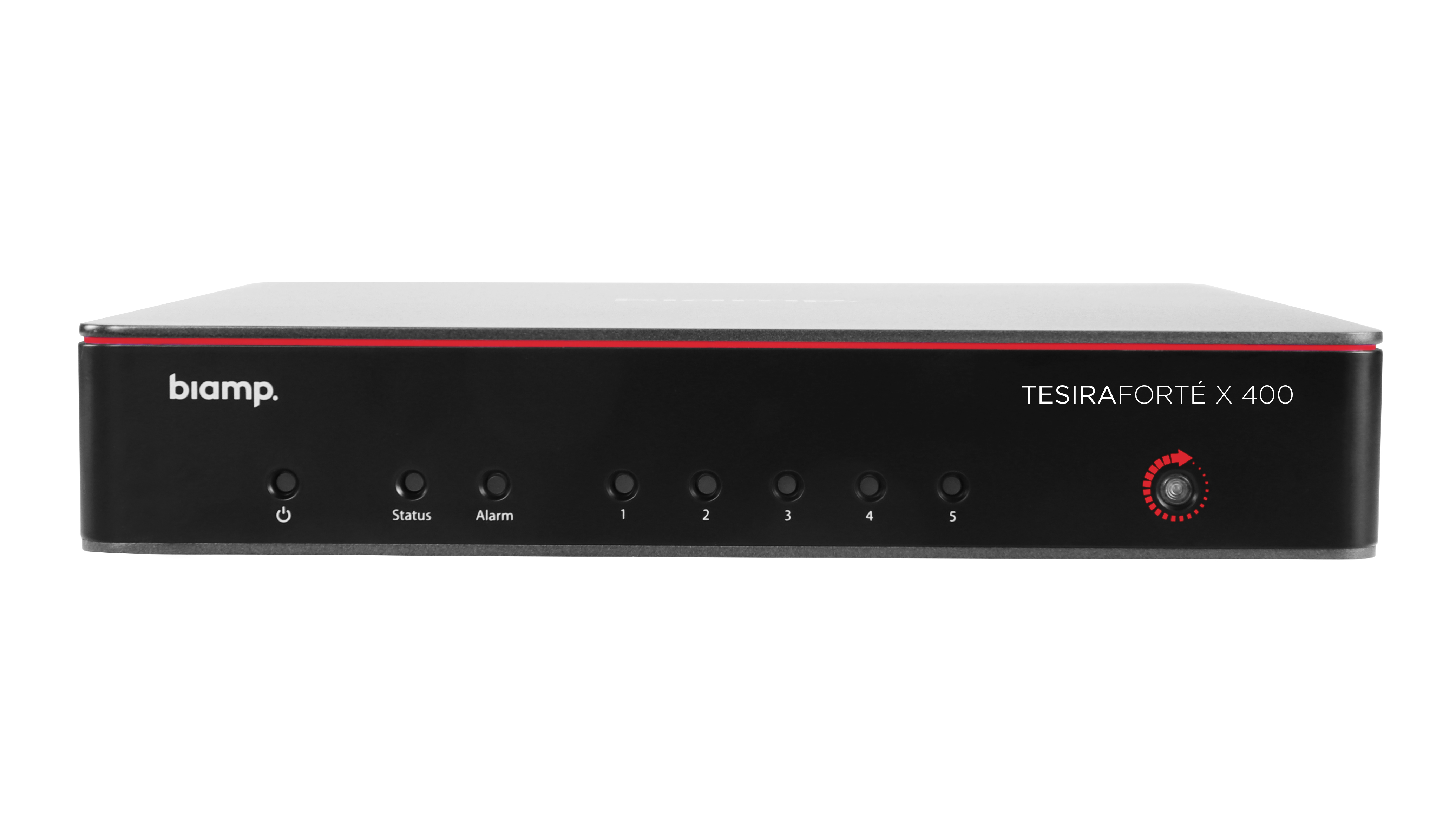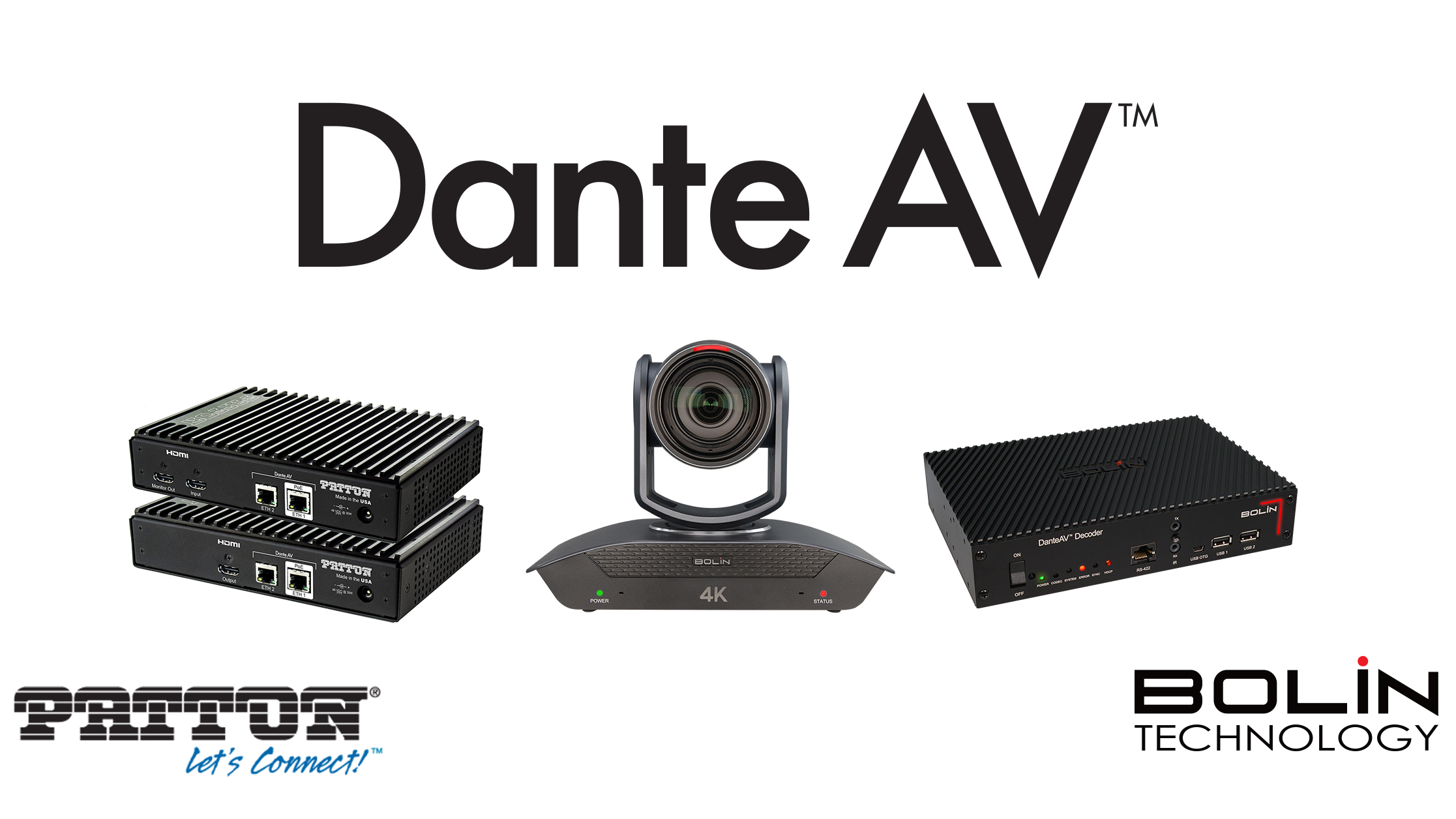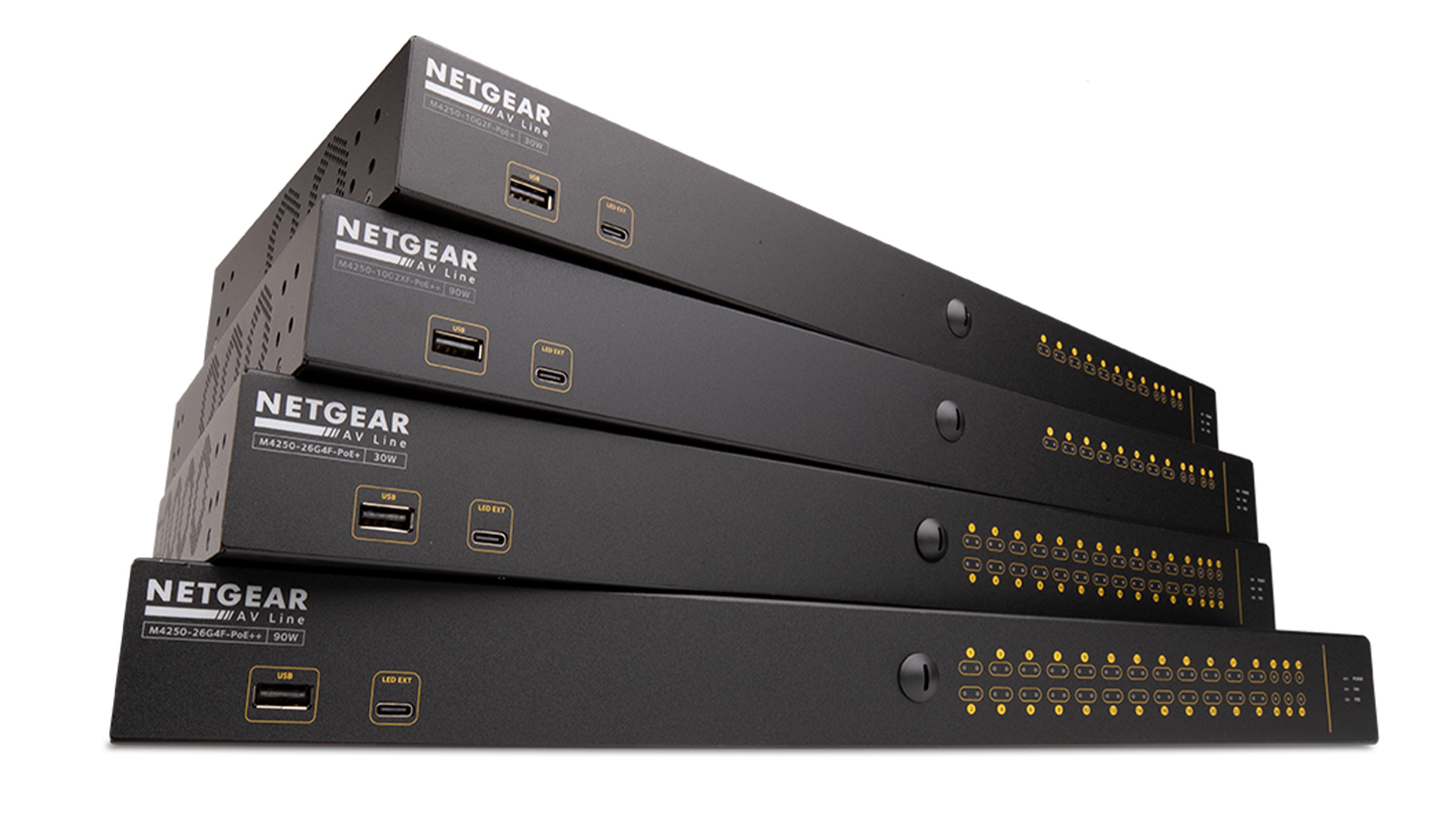To borrow an axiom from an ancient Greek, the only constant in digital audio networking is change. More accurately, the constant is not so much change but rather evolution—of network protocols, of applications, and of customers’ needs. As a result, manufacturers of networked products have to be nimble, constantly releasing new products and upgrades in response to the demands of the market and of the media itself.
According to one estimate, there are as many as a dozen different ecosystems supporting the transport of audio and video over an IP network. As a consequence, manufacturers typically support one or more protocols according to market demand.

“The one that is best is the one that makes the customer happiest. And we measure that by their willingness to purchase our products,” said Joe Andrulis, executive vice president of corporate development for Biamp, which supports the CobraNet, AVB, Dante, and AES67 protocols.
“No customer’s needs are satisfied by the protocol alone,” he added. “All it does is facilitate the transport of the media to the destination. Keeping a common protocol just makes it easier to integrate components together.”
During the past year or so, as some businesses took a pause during the pandemic, Biamp released a number of new audio networking products. Most notable among those were the latest additions to the company’s flagship open-architecture meeting room processors, the new TesiraFORTÉ X series, Andrulis noted.

“What’s neat about those products is that they are much more powerful and much smaller—30 percent smaller—than previous versions. They’re mounted in a new kind of environment, like conference rooms, so they’re more streamlined,” he said.
The new series, which supports AVB and Dante network connectivity and offers PoE+ device power, introduces Launch, Biamp’s one-touch automatic device discovery and tuning feature.
[ 5G, AI, and the Cloud: How Emerging Tech Is Shaping AV ]
“You connect all your devices to it, hit the button, and it detects everything, configures everything, and programs itself. It even acoustically profiles the room, tunes the system to the acoustic characteristics of the room, and gives you a report. That simplifies installation,” Andrulis said.
The automated setup levels the playing field, evening out the differing skill sets of those installing the equipment, or any differences in the environments into which they are being integrated. “A company deploying these globally doesn’t have to worry about variability,” he said.
In the 25 years since CobraNet was introduced, one network protocol after another has appeared on the market, each with varying success in terms of adoption. None has yet caught on quite like Audinate’s; the company boasts the availability of more than 3,000 Dante-enabled devices from more than 500 different manufacturers.

Audinate also expanded its product portfolio during the pandemic, with launches including a Dante AVIO Bluetooth adapter that pairs with any enabled device to provide bidirectional connectivity with the network. At its simplest, it enables quick and easy music playback through the network, whether in a conference room or an installed P.A. system: “Just pair your phone, hit the playlist, and go,” said Brad Price, Audinate’s senior product marketing manager.
[ New Dante AVoIP Comms Join Legacy CobraNet Tech at LaGuardia ]
Another new adapter offers USB-C connectivity together with the format’s power delivery. “We can do pass-through power from the network to a device, so you can run your iPad off PoE through the AVIO,” he said.
Most AV-over-IP solutions are LAN-based, working as a single subnet of a network, Price said. “That limits how far it can go but makes all kinds of sense when you look at the standards on which it’s based,” he said. But Audinate figured that there were ways to leverage those standards to more easily create multiple subnet crossings, which they did with Dante Domain Manager (DDM) a few years ago.

The creation of subnets via DDM enables networks to scale over greater distances while remaining transparent to users. “You don’t even have to touch any hardware; you do it in software,” Price said. “It lets you break your install into separate groups—domains—so that you can have separate things going on that cannot interfere with each other. They are all on one network and the administrator can see them all, but it’s as if you have separate Dante networks running.”
[ The Importance of Security on Audio Networks ]
As the AV industry has continued to transition from purpose-built hardware to software-based products, Audinate saw an opportunity to deliver full Dante networking functionality more cost-effectively and flexibly on products powered by Linux and ARM processors. At ISE 2019, the company announced an initial cooperation deal with QSC, which was soon followed by agreements with other manufacturers. Products with the Dante Embedded Platform—Dante-as-software, if you will—are now making an appearance, Price reports, including StreamUnlimited Engineering’s SDK for its residential products.
“We’re going to be seeing a lot more of that going forward, I think, because it’s a less expensive way to do it. You don’t need to put up the money for the hardware. You don’t need to change the physical design of your box. You simply load the code, test it, and go,” Price said.

QSC has been busy of late, too, introducing Q-SYS NS Series Gen 2 network switches, Attero Tech by QSC I/O endpoints, Q-SYS NV-32-H (Core Capable) endpoints, and Q-SYS Core Nano/Core 8 Flex processors, according to Trent Wagner, audio product manager, QSC. The company supports network audio transports including AES67 and Dante, plus generic media streaming and QSC’s own Q-LAN protocol, he noted.
“QSC co-developed Software-Based Dante for the Q-SYS Ecosystem with Audinate,” Wagner said. “All currently shipping Core processors include an 8x8 channel capacity from the factory. With Software-Based Dante, integrators are not constrained by hardware as they can license additional channel capacity to meet their specific application requirements or expand a system already deployed. Dante is now fully integrated into the Q-SYS audio, video, and control workflow, offering device discovery, synchronization, control, and management for Dante audio alongside native Q-LAN, AES67, and other generic media streams.”
Much has been made of the promise of 5G for audio transport in the industry press, potentially extending networks over far greater distances. There are significant technical and commercial challenges to overcome before 5G’s capabilities might be leveraged, but meantime, of course, anyone with an enabled device can provide an onramp to the communications network.
“The use of 5G and similar wireless technologies is not widespread yet,” Wagner said, “but they are also more likely to be used for non-time-critical applications such as wide area distribution, monitoring, notification, management, and control, where latency and bandwidth variations are not as much of a concern.”
[ 12 Things to Consider When Deploying Networked Audio ]
Speaking of evolution, AIMS, an industry consortium promoting an open standards approach to IP-based media environments, is building on the SMPTE ST 2110 broadcast standard, which integrates AES67 for audio transport, and AMWA’s NMOS APIs to develop a network protocol more suited to AV industry requirements. The AIMS Pro AV Working Group involves SMPTE, AMWA, the Video Services Forum (VSF), and the Joint Task Force of Networked Media (JT-NM), which together represent more than 70 member companies.
IPMX, or Internet Protocol Media Experience, launched in 2019, will offer a unified set of open standards and specifications for multivendor AV over IP intended to simplify system installation and administration, increase quality, and dramatically accelerate adoption. A whitepaper recently penned by Andrew Starks, director of product management for Macnica and an AIMS board member, lays out the IPMX roadmap.
This article originally appeared in the November 2021 issue of SCN. Click here to read more stories from November 2021.
